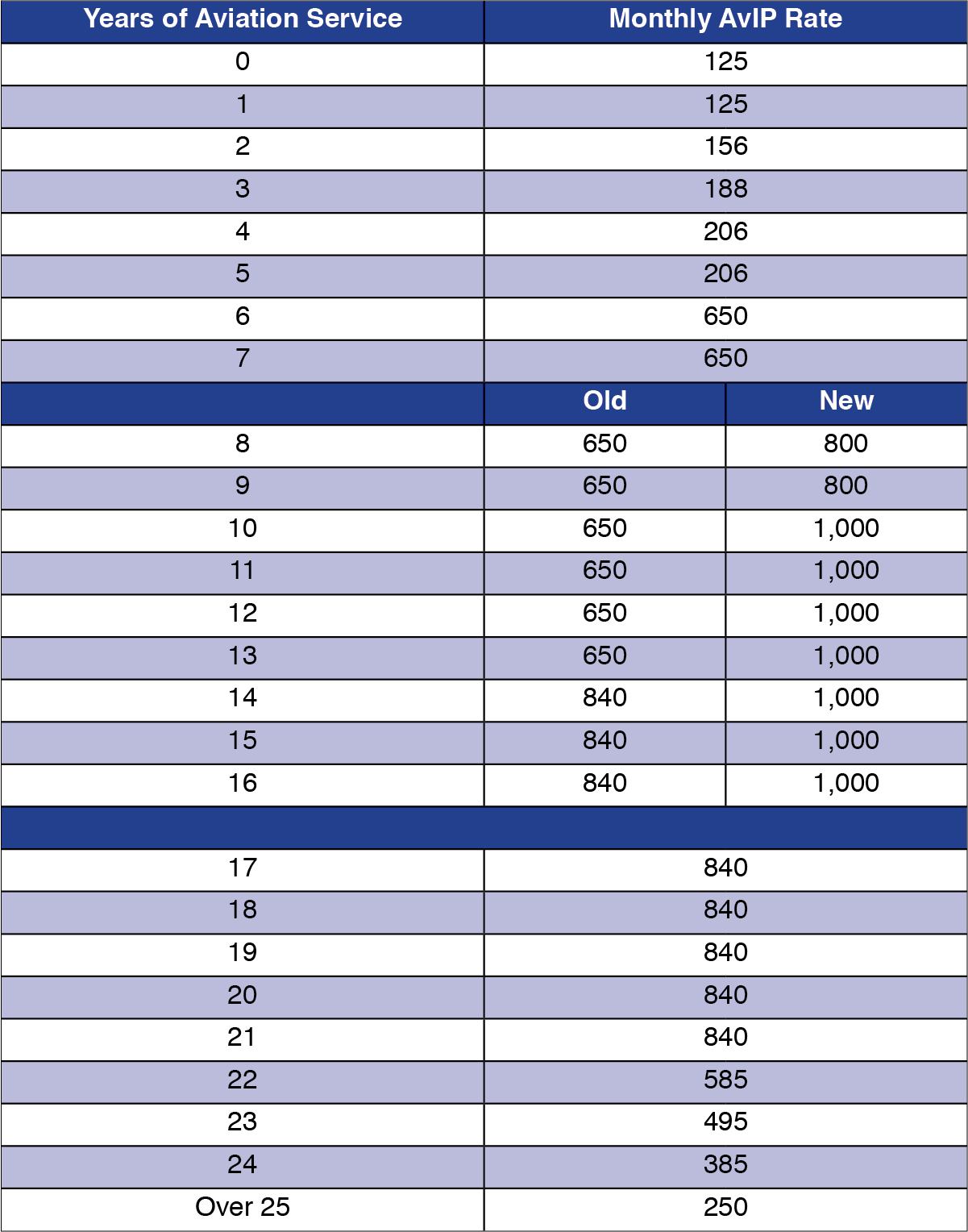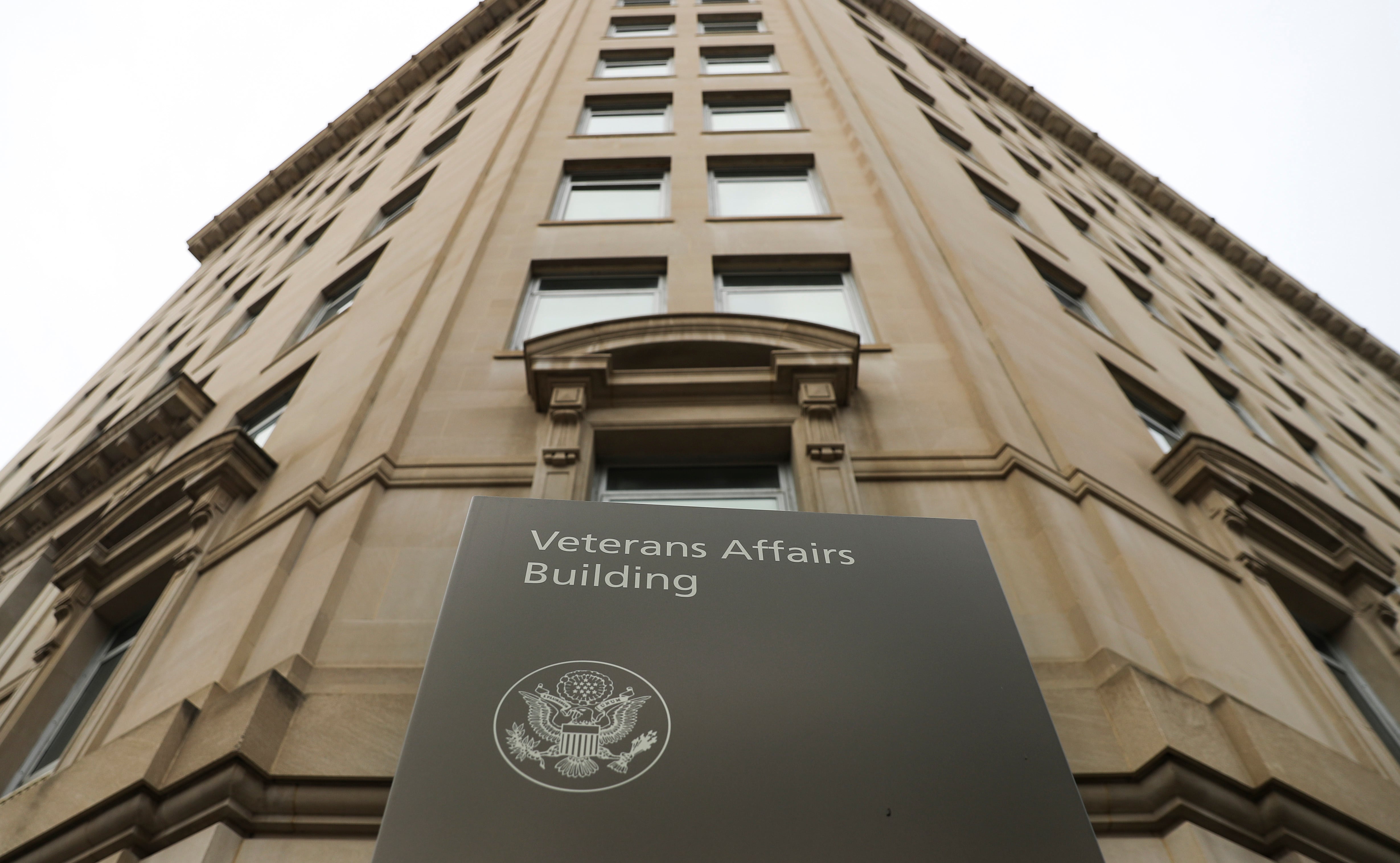The Corps has increased aviation incentive pay for the first time since 1998, and in some instances has nearly doubled the monthly allotment.
On Feb. 6 Secretary of the Navy Richard V. Spencer granted the Corps the authority to create a specific aviation pay table for the Marines.
The new incentive pay numbers were published Tuesday in MARADMIN 128/18. The highest rates are “for the years immediately following the completion of an officer’s first obligated tour through retention-critical, flight-intensive years,” officials at Marine Corps Manpower and Reserve Affairs said.
The changes come as the Corps struggles to maintain qualified pilots in the force. Commandant Gen. Robert B. Neller said at the Center for Strategic and International Studies in late January that the Corps is experiencing a pilot shortage as the service struggles to compete with civilian aviation.
The new higher monthly allotments are aimed to help keep qualified pilots in the Corps.

The rates are specifically targeted at those veteran pilots between 8 and 16 years. Pay jumps from $650 to $800 dollars at eight years, and $650 to $1,000 dollars at 10 years.
Active-duty pilots have to maintain four flight hours a month, or 24 hours over six months, to rate the incentive pay. For reservists, it’s two flight hours a month, or 12 over a 6-month period. Flight simulators can be used to meet the requirement, according to SECNAVINST 7220.88.
Marine pilots have been averaging nearly 16 flight hours a month, more than Air Force pilots who are averaging nine to 10 flight hours a month.
The new pay tables take effect on March 1, and Marines will see the rate increase on the March 15 pay day of this year.
Shawn Snow is the senior reporter for Marine Corps Times and a Marine Corps veteran.





